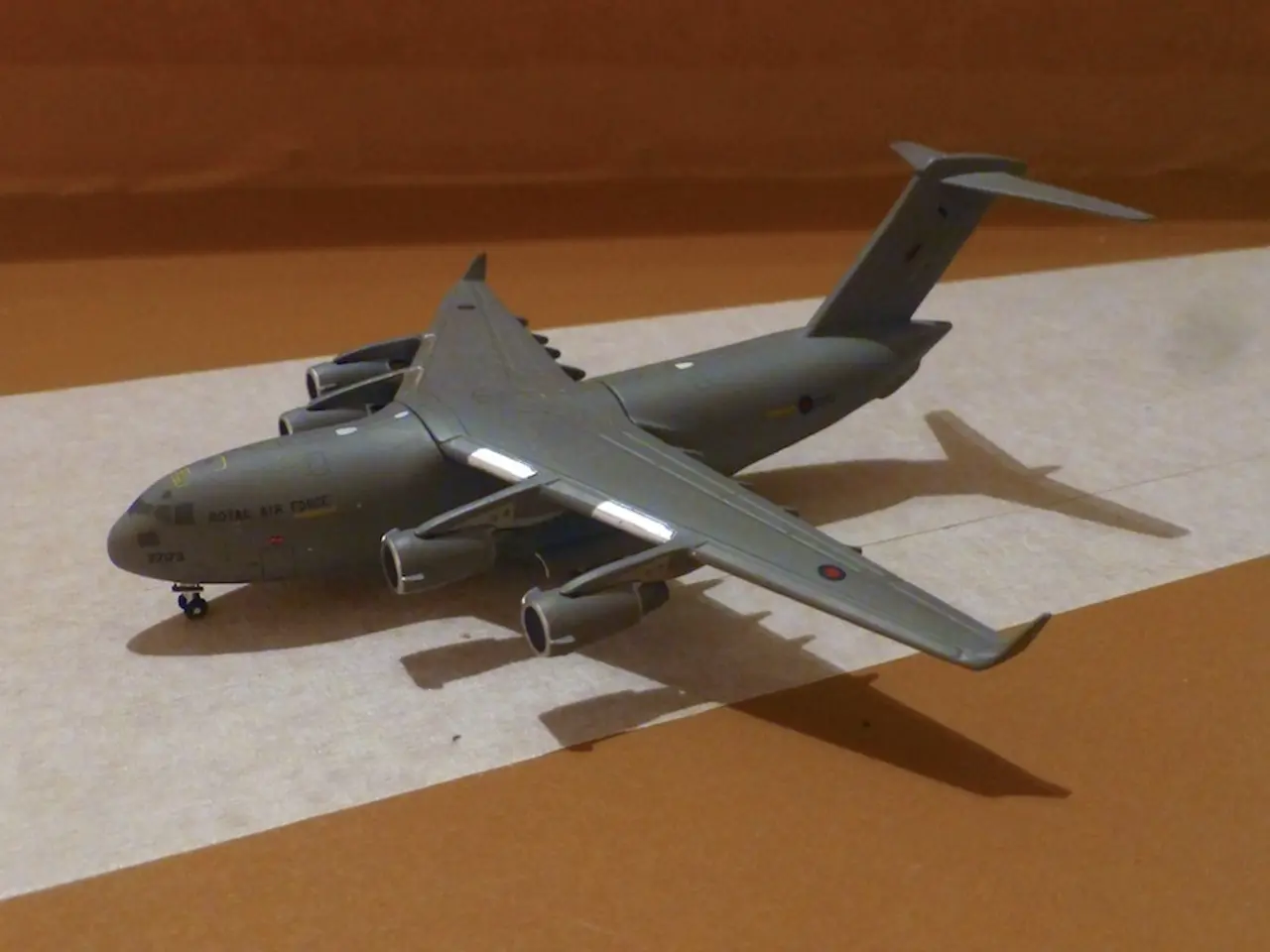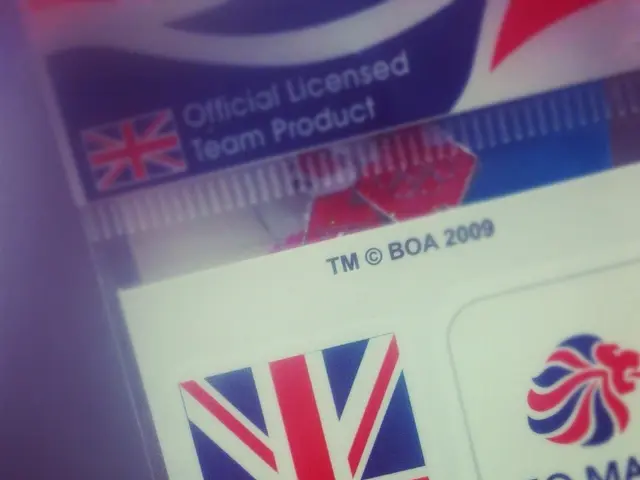Regulations for Safe Operation of Drones in Australia
Fly high and fly safe! Here are some essential steps to ensure a smooth and secure drone operation in the Land Down Under.
Pre-Flight essentials
They say, "Preparation is Key." Before each takeoff, make sure to verify the following:
Charged Batteries
Check the batteries (drone, controller, and other accessories) for a full charge and examine them for any signs of damage or wear. Say goodbye to damaged batteries right away—they’re a definite no-no!
Proper Propellers
Inspect the propellers for cracks, chips, or signs of wear. Loose or misaligned propellers can lead to loss of control, so tighten them securely and ensure they're straight.
Functioning Sensors & Cameras
Ensure your drone's sensors and cameras are working flawlessly. Accurate readings from these components are crucial for precise navigation and collision avoidance. Give ’em a quick clean as well—dust, grime, or fingerprints can distort your footage or data.
Up-to-date Firmware & Software
Always keep your drone's firmware and control software updated. These updates often come with critical security patches, performance improvements, and new features, ensuring your drone stays up to speed.
General Condition
Inspect the drone's frame and body for any visible damage. Make sure the landing gear is intact, secure, and ready for a safe landing.
Connection Check
Test the connection between the drone and the controller. Maintaining a strong bond ensures reliable communication and keeps you in control during the entire flight.
Record it all: The Flight Log
Maintaining a flight log is not just a good practice; it's an essential habit for all operators. Here's the data you should track:
Date & Time
Record the date, time, and location of every flight. GPS coordinates can be a handy addition.
Flight Details
Outline the planned flight path, maximum altitude and distance, and any objectives. Include notes and observations about the flight, too.
Weather Conditions
Document the weather conditions during the flight, such as wind speed, temperature, and visibility.
Maintenance Records
Record any maintenance performed on the drone, including firmware updates, repairs, and component replacements, to keep your drone in tip-top shape.
Safety at all times
Don't skimp on safety – it's a top priority when you're up in the air! Make sure you have the necessary safety equipment, such as:
First Aid Kit
Grab a basic first aid kit to treat minor injuries during drone operations—it could save someone’s day!
Fire Extinguisher
Keep a small, portable fire extinguisher suitable for electrical and lithium battery fires close at hand, especially when charging batteries or flying near flammable materials.
Protective Gear
Use gloves when handling batteries, sharp components, or hazardous materials. Safety glasses are a must to protect your peepers from debris or chemicals.
Spare Parts & Tools
Carry extra propellers and a basic set of tools (screwdrivers, pliers, etc.) to perform quick repairs or adjustments as needed.
Emergency Procedures
Be prepared for unexpected situations. To quickly respond to emergencies, follow these procedures:
Lost Link
Ensure your Return-to-Home (RTH) function is set up correctly, with a safe return altitude. If the connection is severed, this feature should guide the drone back to its takeoff point. Familiarize yourself with manual control techniques, too, as they may help you regain control if the automatic RTH fails.
Battery Failure
Set up low battery warnings on the drone's control system and plan your flights to allow sufficient time for a safe return before the battery depletes. Identify suitable emergency landing zones as well.
Weather Changes
Continuously monitor weather conditions and be ready to land the drone immediately if conditions worsen. Stay mindful of your drone's wind limits and avoid flying in high winds or turbulent weather.
Collision Avoidance
Use your drone's obstacle detection systems to prevent collisions or accidents with buildings, trees, or other aircraft. Be cautious and maintain a safe distance from obstacles, people, and other aircraft.
Now that you're an expert in Australian drone safety, go forth and conquer the skies with confidence and compliance!
In the world of drone operations, ensuring the technology and gadgets are in top condition is paramount. Always check that the drone's batteries, propellers, sensors, cameras, firmware, and the overall drone condition are all working properly before each flight. Moreover, being equipped with safety essentials, such as first aid kits, fire extinguishers, protective gear, spare parts, and tools, can proved invaluable in unexpected situations.






